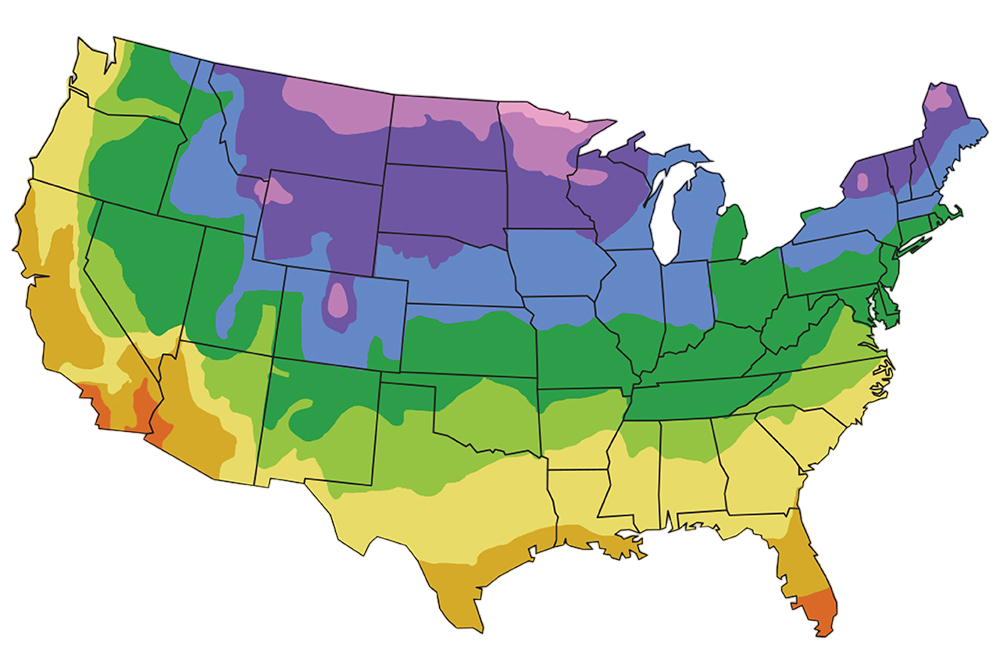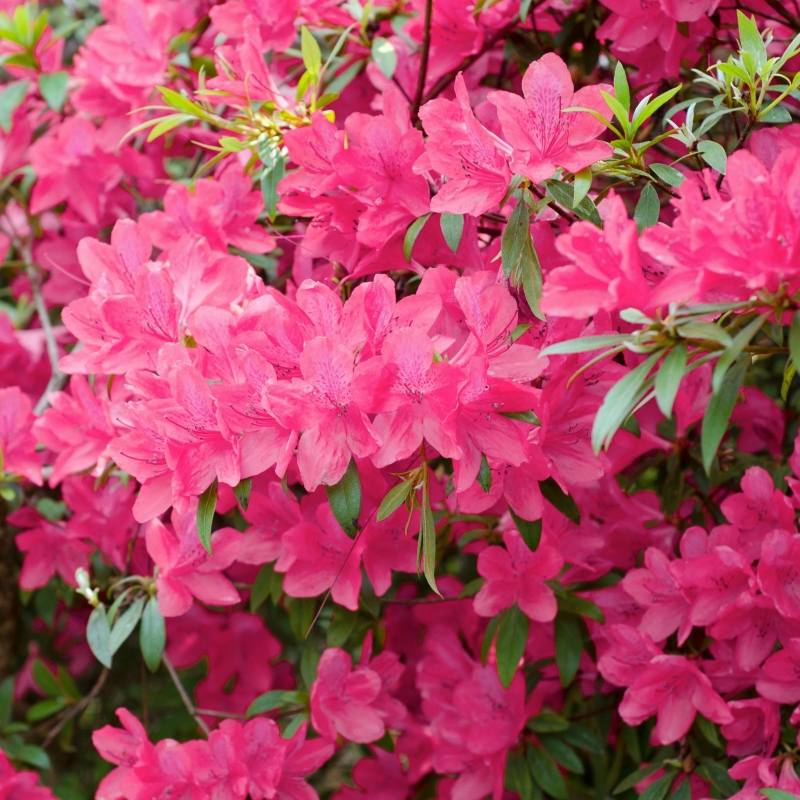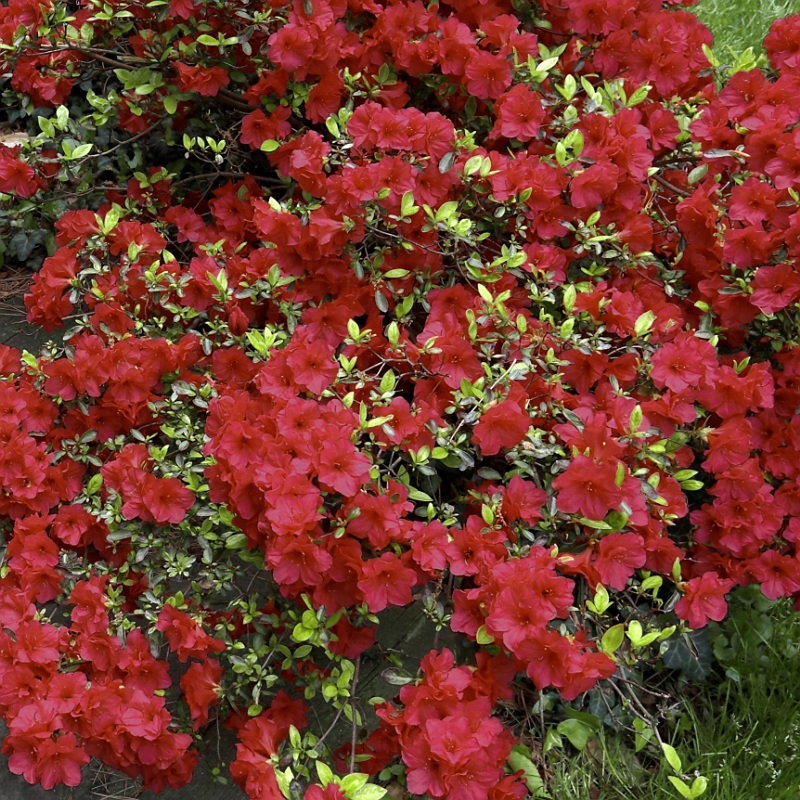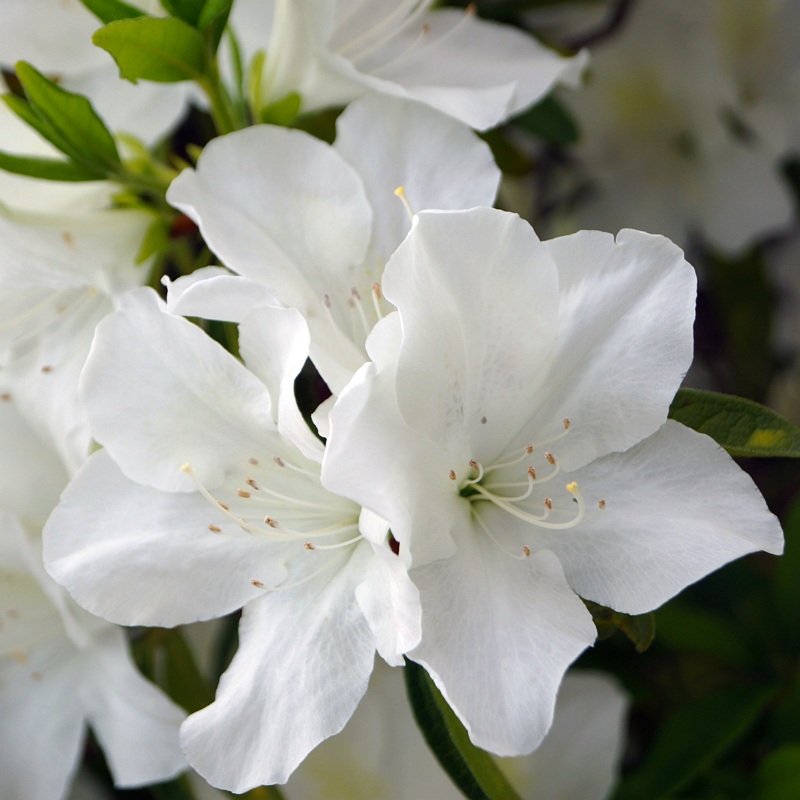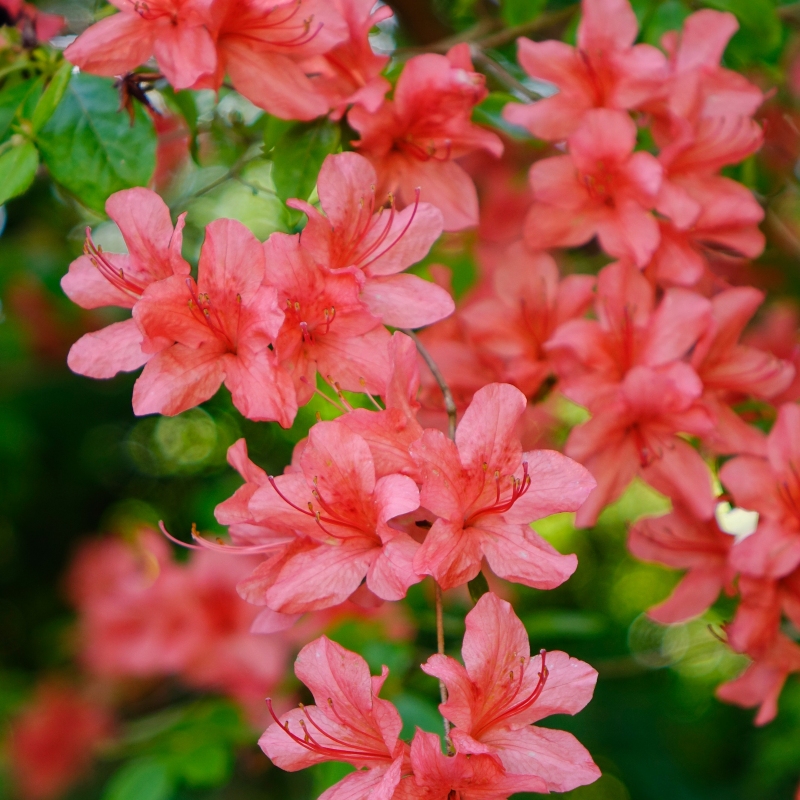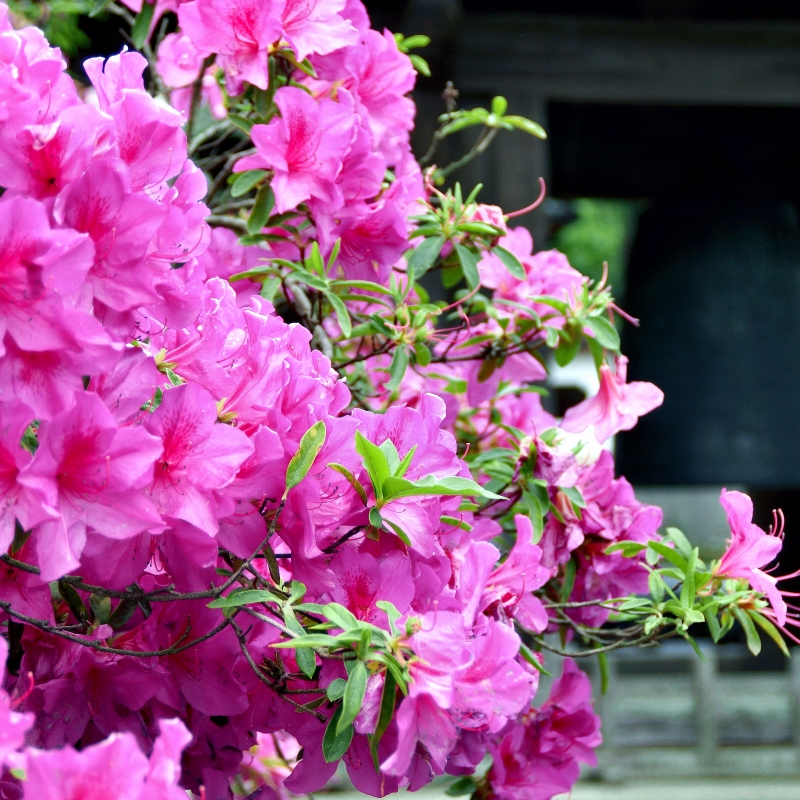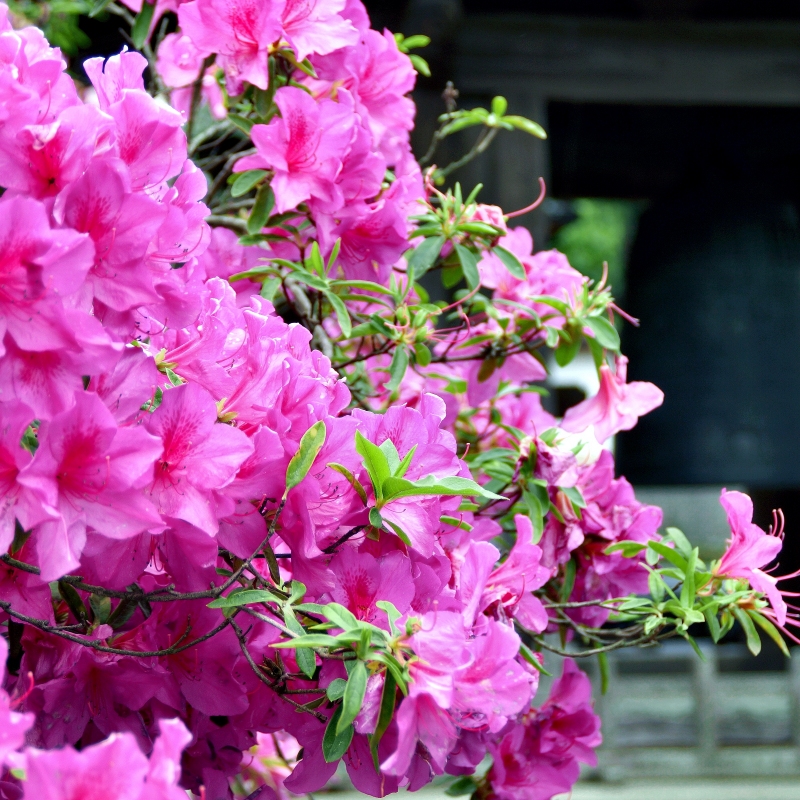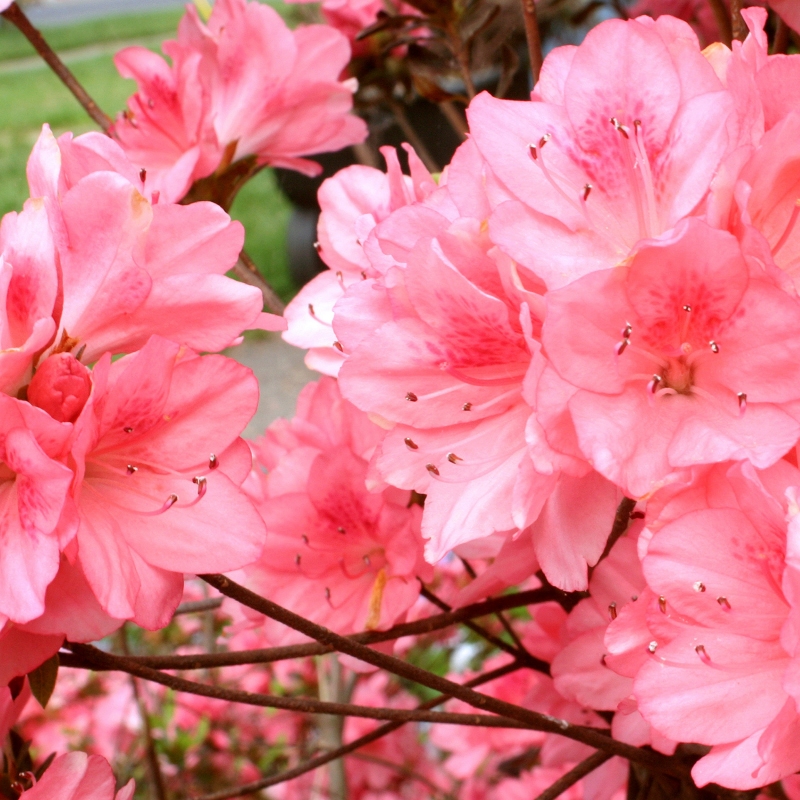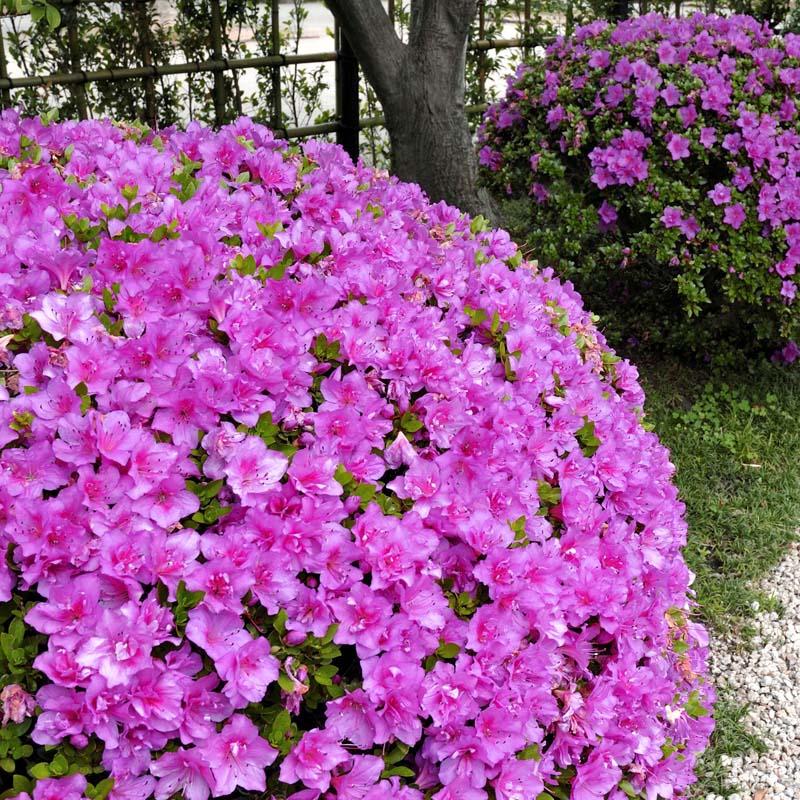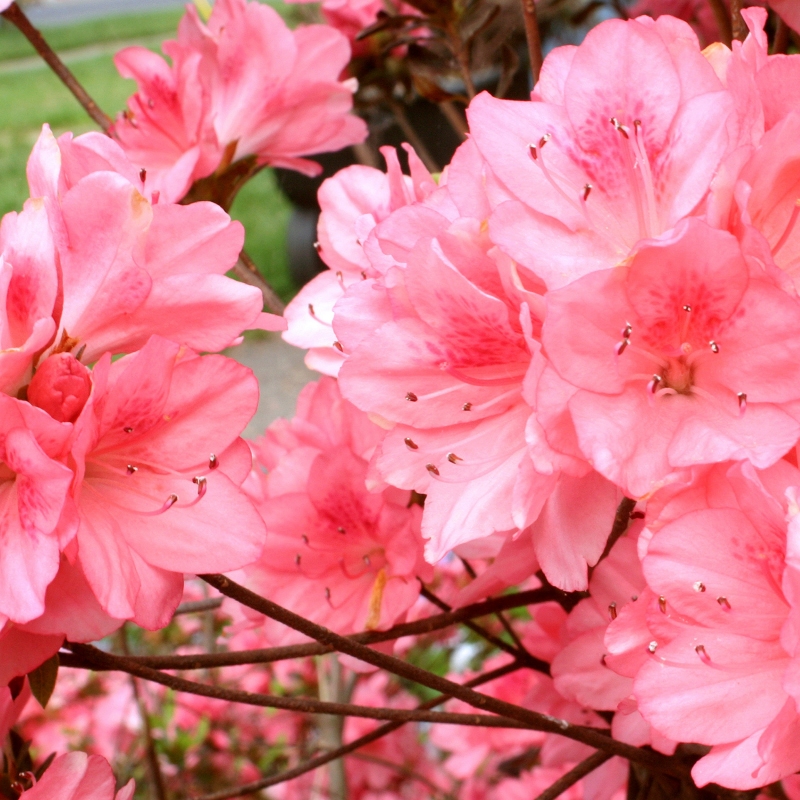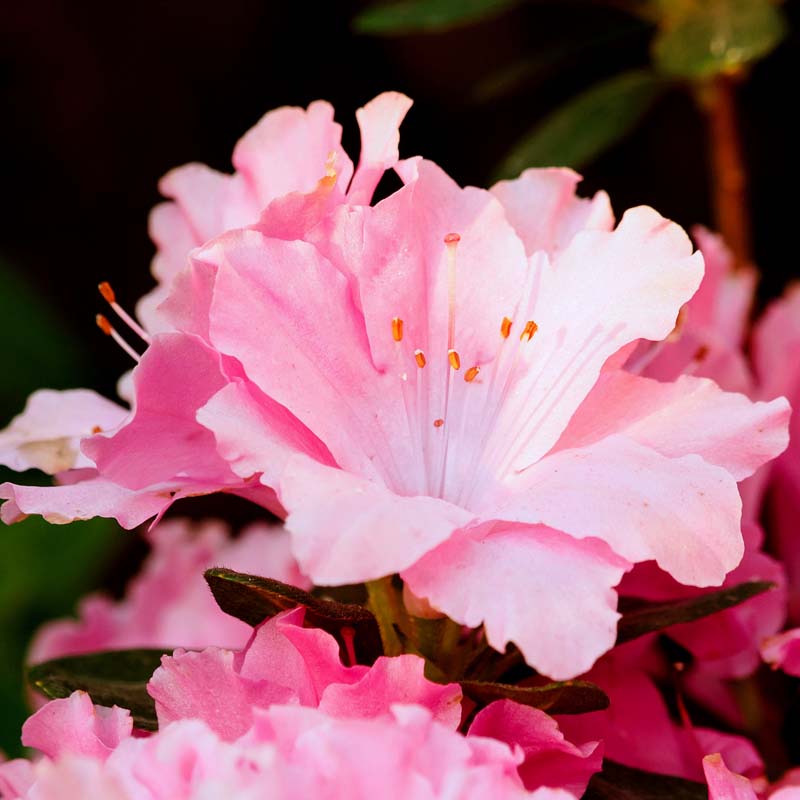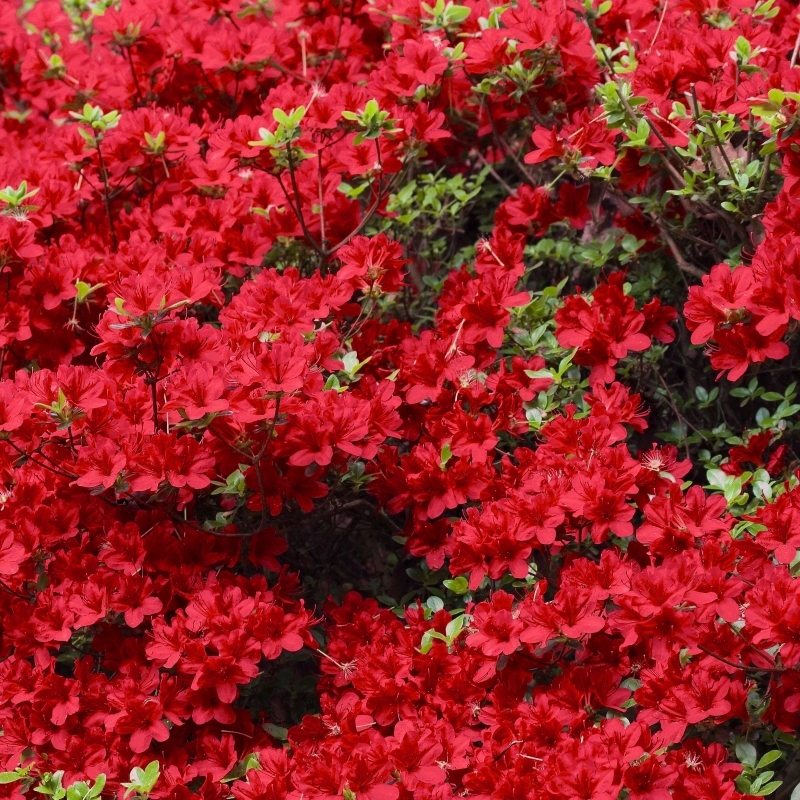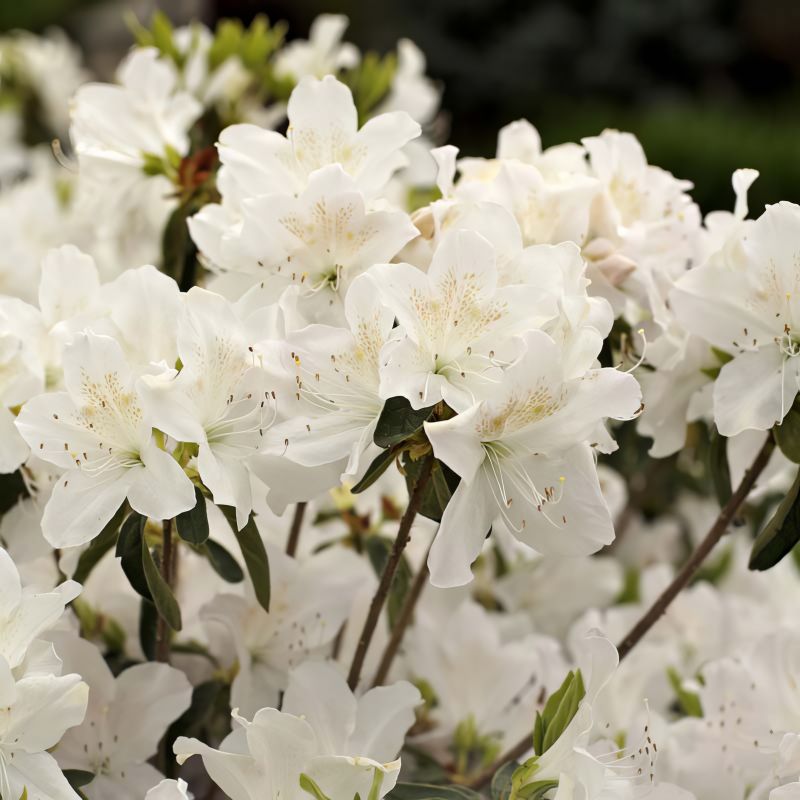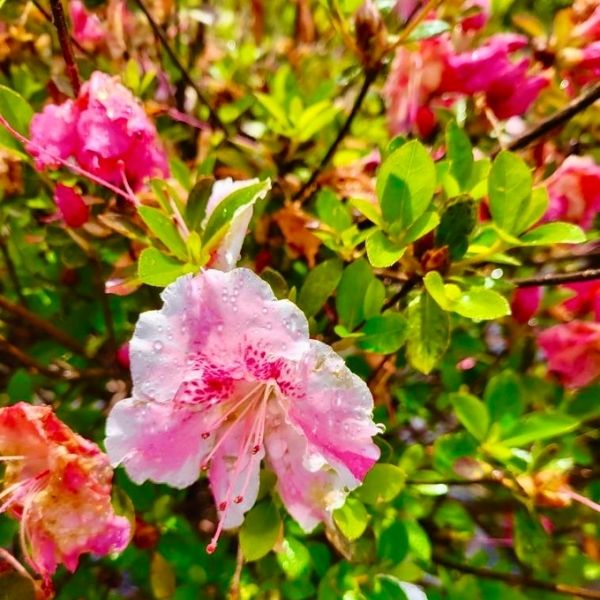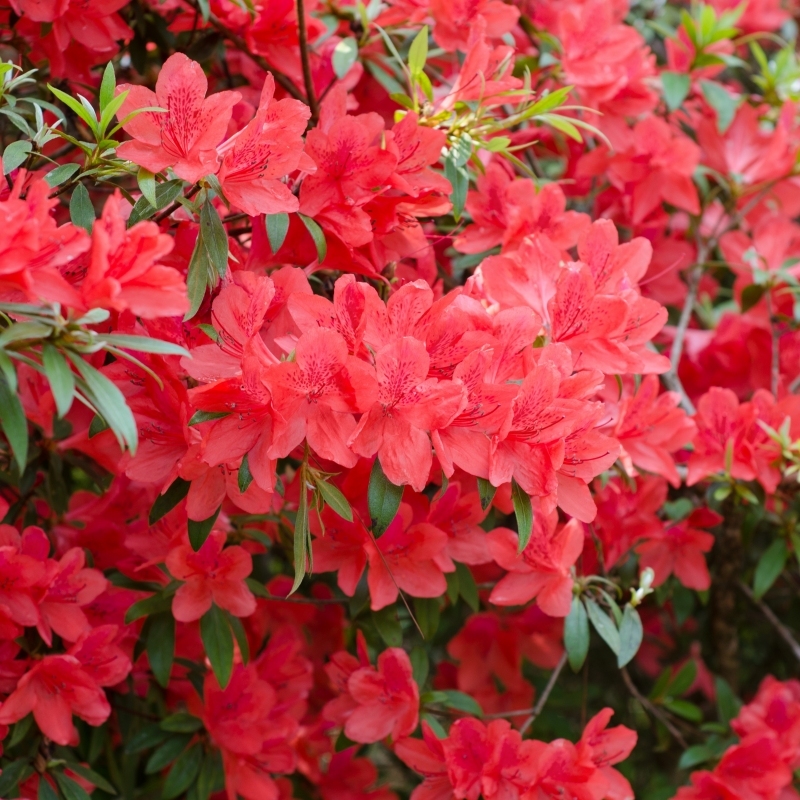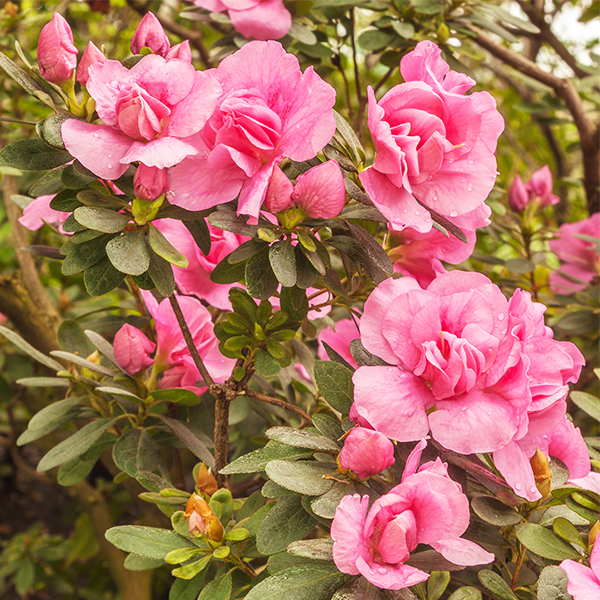
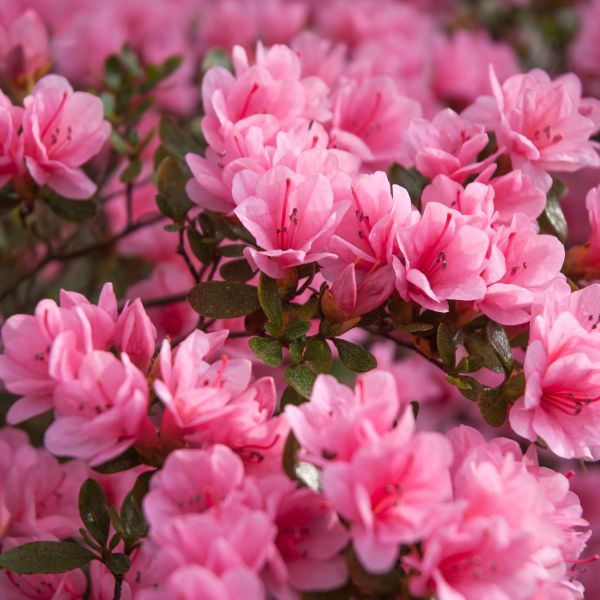
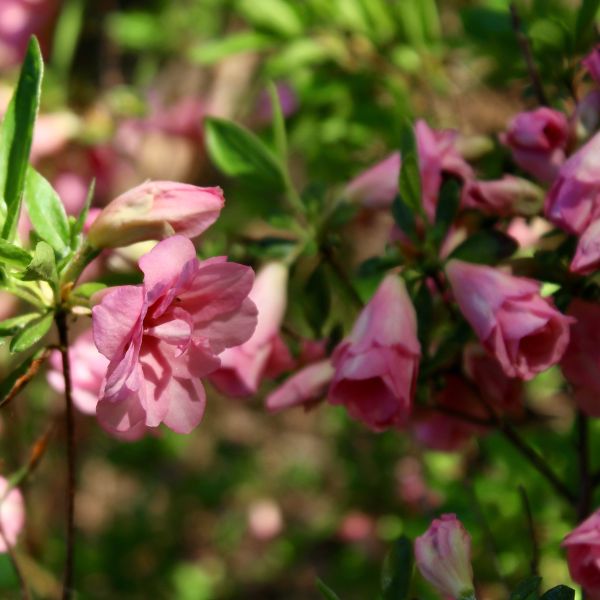


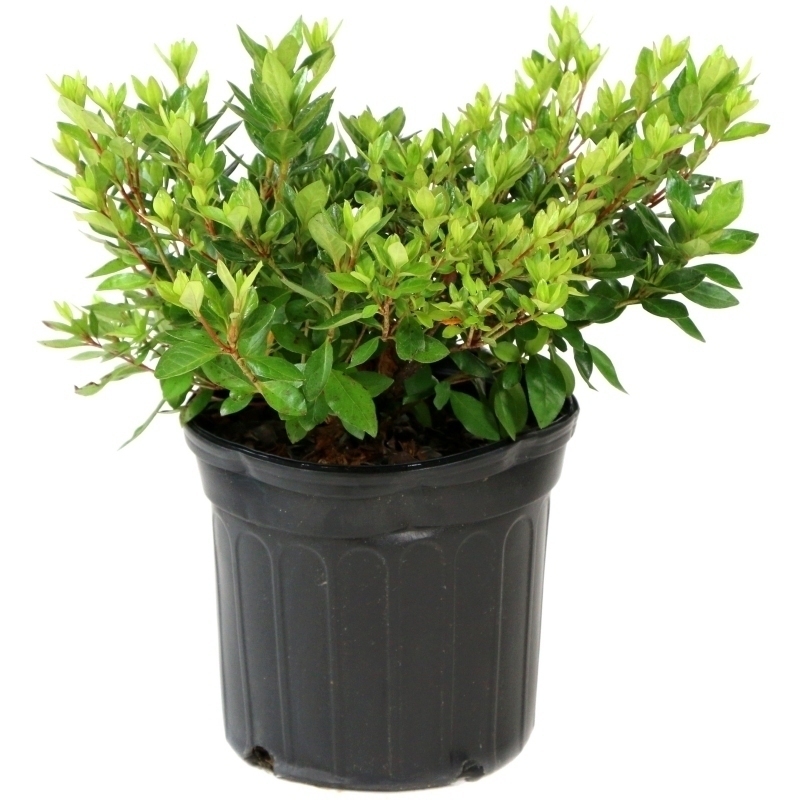
Rosebud Azalea
Rhododendron 'Rosebud'
12 reviews
Rosebud Azalea
Rhododendron 'Rosebud'
12 reviews
- Beautiful clusters of vibrant, long-lasting blooms
- Tolerant of a range of soil types and pH levels
- Low maintenance and easy to care for
- Recommended by landscape designers for optimal fit in real yards
$79.00
$113.00
30% Off
- Ships to 43215 in 3 to 7 days
- Free Shipping Over $150
- Plant Arrival Guarantee
- In Stock
- Free Plant Consult
$200 - Landscape-Approved: Every Plant We Sell Comes With Design Expertise Behind It
2.5 Gallon
Not just beautiful - intentionally selected by ShrubHub's 3D landscape design team to fit real-world spaces and maximize yard potential.
Why Rosebud Azalea?
The Rosebud Azalea, also known as Rhododendron 'Rosebud', is a compact and slow-growing evergreen shrub that produces beautiful clusters of rose-pink blooms in the spring. It has a dense, mounded form and is perfect for adding a pop of color to any garden or landscape. With its attractive foliage and stunning flowers, the Rosebud Azalea is a favorite among gardeners.
People who loved this plant also bought
Sunlight
Rosebud Azalea requires dappled sunlight or partial shade to thrive. It is important to provide some protection from the hot afternoon sun, especially in warmer climates. Too much direct sunlight can cause the leaves to scorch and the plant to become stres
Watering
Rosebud Azaleas require regular watering, especially during periods of hot, dry weather. It is recommended to keep the soil consistently moist but not waterlogged. Mulching around the base of the plant can help retain moisture and regulate soil temperature
Fertilizing
Rosebud Azaleas prefer acidic soil with a pH between 5.0 and 6.0. They should be fertilized with a slow-release, acid-loving fertilizer in early spring and late summer to promote healthy growth and vibrant blooms. Avoid over-fertilizing as it can damage th
Rosebud Azalea (Rhododendron 'Rosebud')
The Rosebud Azalea, also known as Rhododendron 'Rosebud', is a stunning and unique flowering shrub that produces clusters of bright pink double blooms in the spring. These double blooms resemble tightly packed rosebuds, hence the name.
This azalea variety is a compact grower, reaching a height of 2-3 feet and a spread of 3-4 feet. It is a slow-growing plant that is great for small gardens, borders, and containers. The Rosebud Azalea is a deciduous plant, meaning it loses its leaves in the fall, but its beautiful blooms make up for the lack of foliage during the winter months.
Plant the Rosebud Azalea in well-draining, acidic soil and provide it with dappled sunlight or partial shade for optimal growth. Keep the soil evenly moist, especially during the warmer months, and apply a slow-release acidic fertilizer in the spring to promote healthy growth and abundant blooms.
Enjoy the stunning beauty of the Rosebud Azalea in your garden or landscape, and look forward to the burst of bright pink blooms that will bring color and charm to your outdoor space.
Plant Information:
| Botanical Name: | Rhododendron 'Rosebud' |
| USDA Zones: | 6 - 9 |
| Water: | Moderate |
| Soil Needs: | Well Drained |
| Mature Height: | 2 - 3 feet |
| Mature Spread: | 3 - 4 feet |
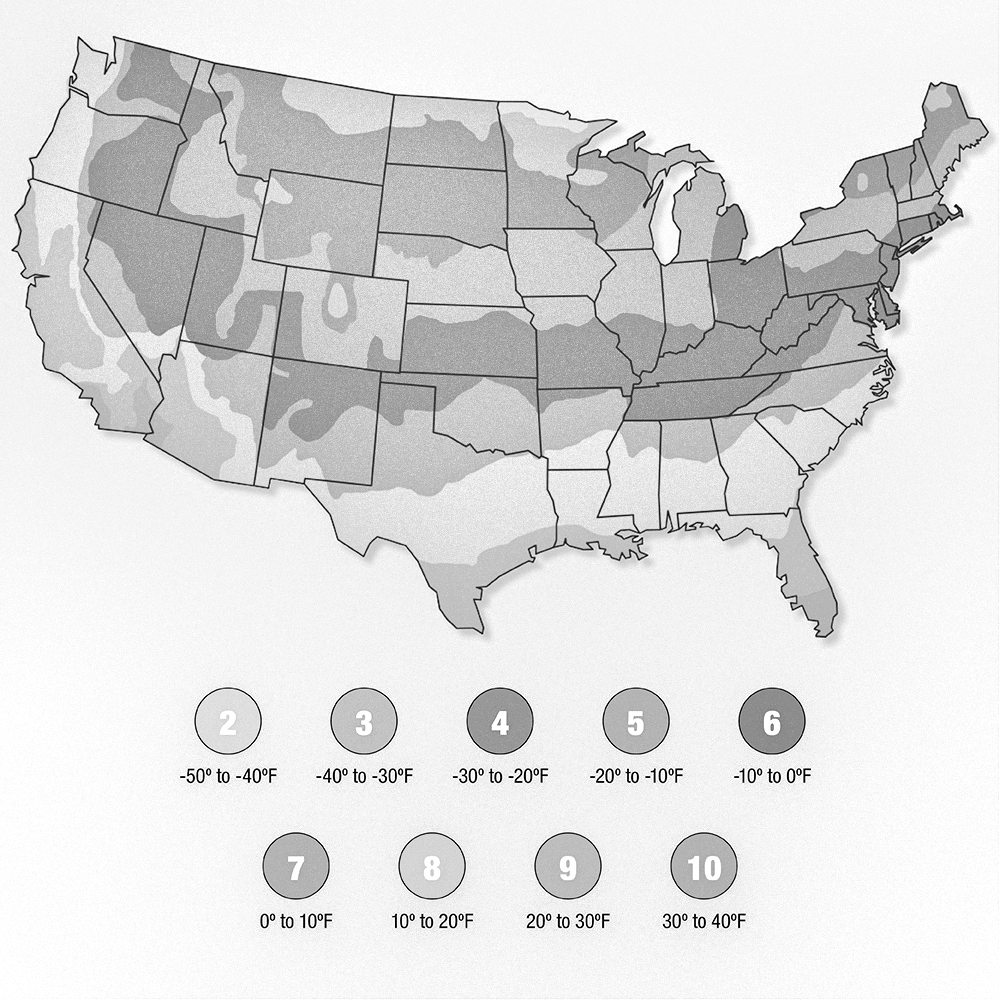




Pollination Info
Rosebud Azalea (Rhododendron 'Rosebud') Pollination Info
Rosebud Azaleas are a type of deciduous shrub that produces beautiful pink flowers in the spring. In order for these flowers to develop into fruits and seeds, pollination must occur. Here is some detailed information about the pollination process for Rosebud Azaleas:
1. Self-Pollination
Rosebud Azaleas have the ability to self-pollinate, meaning that the pollen from the stamen can fertilize the pistil within the same flower. However, this method of pollination may result in less genetic diversity and weaker offspring.
2. Cross-Pollination
Cross-pollination between different Rosebud Azalea plants is preferred to increase genetic diversity and strengthen the overall population. This can be achieved through the help of wind, insects, or other pollinators that transfer pollen from one plant to another.
3. Pollinator Attraction
Rosebud Azaleas are known to attract various pollinators such as bees, butterflies, and hummingbirds with their brightly colored flowers and sweet nectar. These pollinators play a crucial role in transferring pollen between plants and ensuring successful fertilization.
4. Fertilization and Seed Development
Once a flower has been pollinated, the pollen travels down the style to fertilize the ovules within the ovary. This process leads to the development of seeds, which are contained within the fruit of the Rosebud Azalea.
By understanding the pollination process of Rosebud Azaleas, gardeners can help facilitate successful reproduction and seed production in these beautiful shrubs.
FAQ
Rosebud Azalea (Rhododendron 'Rosebud') FAQ
What is a Rosebud Azalea?
The Rosebud Azalea, also known as Rhododendron 'Rosebud', is a type of azalea plant that produces beautiful rose-like flowers in shades of pink, red, or white. It is a popular choice for gardens and landscapes due to its vibrant blooms and compact size.
How do I care for a Rosebud Azalea?
To care for a Rosebud Azalea, make sure to plant it in well-draining soil with partial shade. Keep the soil consistently moist but not waterlogged, and fertilize the plant lightly in spring and fall. Prune dead or damaged branches and remove spent flowers to encourage new growth.
When does the Rosebud Azalea bloom?
The Rosebud Azalea typically blooms in the spring, producing large clusters of colorful flowers that resemble rose buds. The exact blooming period may vary depending on the climate and growing conditions.
Can I grow Rosebud Azaleas in containers?
Yes, Rosebud Azaleas can be grown in containers, making them a great choice for patios, balconies, or small gardens. Make sure to use well-draining potting soil and provide regular watering and fertilization to keep the plant healthy and blooming.
Are Rosebud Azaleas toxic to pets?
Rosebud Azaleas, like other azalea plants, are toxic to pets if ingested. Keep your pets away from the plant and contact a veterinarian immediately if you suspect your pet has consumed any part of the Rosebud Azalea.
How big do Rosebud Azaleas grow?
Rosebud Azaleas are compact shrubs that typically grow to a height of 2-4 feet and a spread of 3-5 feet. With proper care and maintenance, the plant can develop into a dense and bushy shrub with abundant blooms.
Planting & Care
Planting & Care for Rosebud Azalea (Rhododendron 'Rosebud')
Rosebud Azaleas are beautiful flowering shrubs that require proper planting and care to thrive. Follow these guidelines to ensure your Rosebud Azalea stays healthy and blooms profusely:
Planting:
- Choose a location with well-drained soil and partial shade. Full sun can cause the plant to become stressed and wilt.
- Plant in the spring or fall when the weather is mild.
- Dig a hole twice the size of the root ball and amend the soil with organic matter like compost or peat moss.
- Place the plant in the hole and backfill with soil, making sure the top of the root ball is level with the ground.
- Water thoroughly after planting to help the roots establish.
Care:
- Water regularly, especially during dry spells. Azaleas prefer moist soil but do not like to be waterlogged.
- Fertilize in the spring with a balanced fertilizer formulated for acid-loving plants.
- Mulch around the base of the plant to conserve moisture and keep weeds at bay.
- Prune after blooming to shape the plant and remove dead or damaged branches.
- Avoid harsh pruning as Azaleas bloom on old wood.
- Protect from harsh winter winds and frost by covering with burlap or a frost cloth.
By following these planting and care tips, your Rosebud Azalea will reward you with beautiful blooms and lush foliage for years to come.
Check Out These Verified Customer Reviews:
Customer Reviews
4.8 out of 5 based on 12 reviews
Thank you! Your review has been submitted.
The Rosebud Azalea plant I received was absolutely beautiful and healthy. It arrived in great condition and was exactly as described on the website. I can't wait to see it bloom!
I was pleasantly surprised by the high quality of the Rosebud Azalea I ordered. It arrived on time and well-packaged.
The shipment was quick and the plant was well-protected during transit. The Rosebud Azalea looks even better in person than online.
Item has been added to your cart.

